The American Academy in Rome, a recognized institution devoted to interdisciplinary collaboration among artists and scholars, will open an exciting exhibition. Women and Ruins: Archaeology, Photography, and Landscape, to be held from May 14 through November 9, celebrates pioneering women who, in the early 20th century, employed photography as a means to document and interpret ancient sites and landscapes.

Women have historically encountered clear social constraints on their participation in scientific and cultural fields like archaeology. Despite these barriers, a group of remarkable women from the United States, Britain, and Italy engaged in photography, employing this tool to explore antiquity and document the evolving landscape of Italy over time. Their work contributed to archaeological research.
According to Peter N. Miller, President of the American Academy in Rome, “From the widely celebrated archaeologist Esther Boise Van Deman to the lesser-known Bulwer sisters, the women whose work is highlighted in this exhibition demonstrate a commitment to advancing our understanding of the ancient world that continues to inspire the Academy’s fellows and residents to this day.”

The exhibition highlights the work of several pioneering women whose photographs played a crucial role in archaeological documentation:
• Esther Boise Van Deman (1862 – 1937) An American archaeologist specializing in Roman architecture who pioneered the study of ancient construction techniques to date Roman buildings across the Mediterranean. She was a Fellow of the American School of Classical Studies in Rome (1909) and is known for her research on the House of the Vestals on the Roman Forum, and her research on brickfaced concrete, the principal technique of construction of imperial Rome.
• Marion Elizabeth Blake (1892 – 1961) An American professor of Classical Languages and Fellow of the American Academy in Rome (1925), she inherited Esther Van Deman’s research on ancient Roman building techniques, playing a key role in developing the architectural history of the Roman world. Women and Ruins exhibits her photographs of Roman monuments and landscapes.

• The Bulwer sisters, Agnes (1856 – 1940) and Dora (1864-1948) – British expatriates involved in archaeological research and documentation in the Mediterranean, who worked closely with the director of the British School of Rome, Thomas Ashby, and made photographs to illustrate scientific publications. Based in Rome until 1912, they knew Esther Van Deman, Getrude Bell, and Maria Pasolini Ponti and were active in intellectual circles of archaeologists and scholars. Their photographs reveal a very distinctive approach to photography.
• Gertrude Bell (1868 – 1926) A British archaeologist, explorer, and diplomat, she traveled extensively through Europe and the Middle East photographing sites and monuments that were later transformed or lost. Bell came to Rome in 191o, lecturing and visiting Roman sites with Giacomo Boni, who led the excavations of the Roman Forum, and others. She and Esther Van Deman met and exchanged ideas about construction techniques. After her Italian travels, she returned to the Middle East, playing a key role in Middle Eastern politics and helping to establish the Iraq Museum.
• Maria Ponti Pasolini (1856 – 1938) An Italian philanthropist, social reformer, and advocate for women’s education as well as archeological preservation. She actively contributed to debates in Rome about urbanism and conservation by documenting endangered architecture in Rome and the countryside with photographs. Ponti Pasolini held an international salon where she regularly hosted part of the most important men and women of letters of the time, artists, archeologists, politicians, and economists.

Ilaria Puri Purini, Andrew Heiskell Arts Director at the American Academy in Rome, discusses the importance of the exhibition: “This exhibition brings to light to the international circle of thinkers in early twentieth-century Rome, where women archeologists, travelers, and photographers advanced scientific as well as social issues. The Academy is proud to advance the field of visual culture by offering this new perspective on photography and the female gaze.”
The exhibition also positions these women within the intellectual networks of early 20th-century Rome, wherein women archaeologists, travelers, and photographers played crucial roles in both scientific research and social discourse. The work of these women contributed to shaping discussions around the preservation of historical monuments while modernizing urban spaces.

In the post-unification period in Italy, known as the Risorgimento, Rome became a hub for scholars, artists, and archaeologists attracted to the city’s history. This exhibition illustrates their deep professional and personal connections as they worked together to reveal the history of the city.
The American Academy in Rome was established in 1894 as a prominent research and creative center for scholars and artists. It provides a unique space to allow professionals from many disciplines to engage with the history and cultures of Rome.
Through this exhibition, Women and Ruins, the Academy aims to fulfill its mission to advance the study of archaeology and visual culture from a unique perspective by considering women’s contributions to the field.



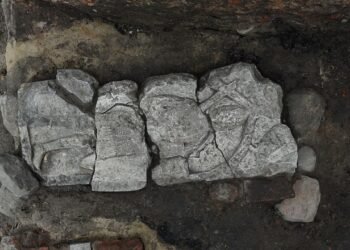
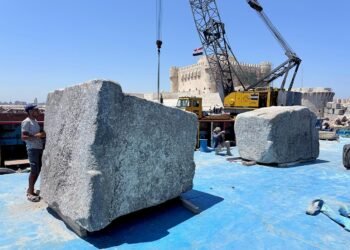
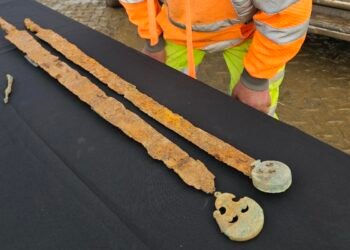
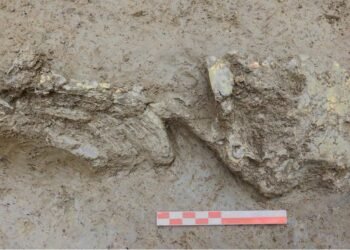

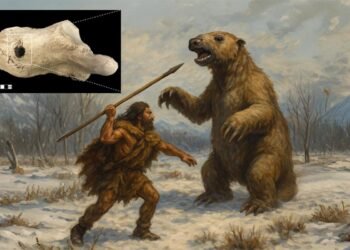
















Comments 0